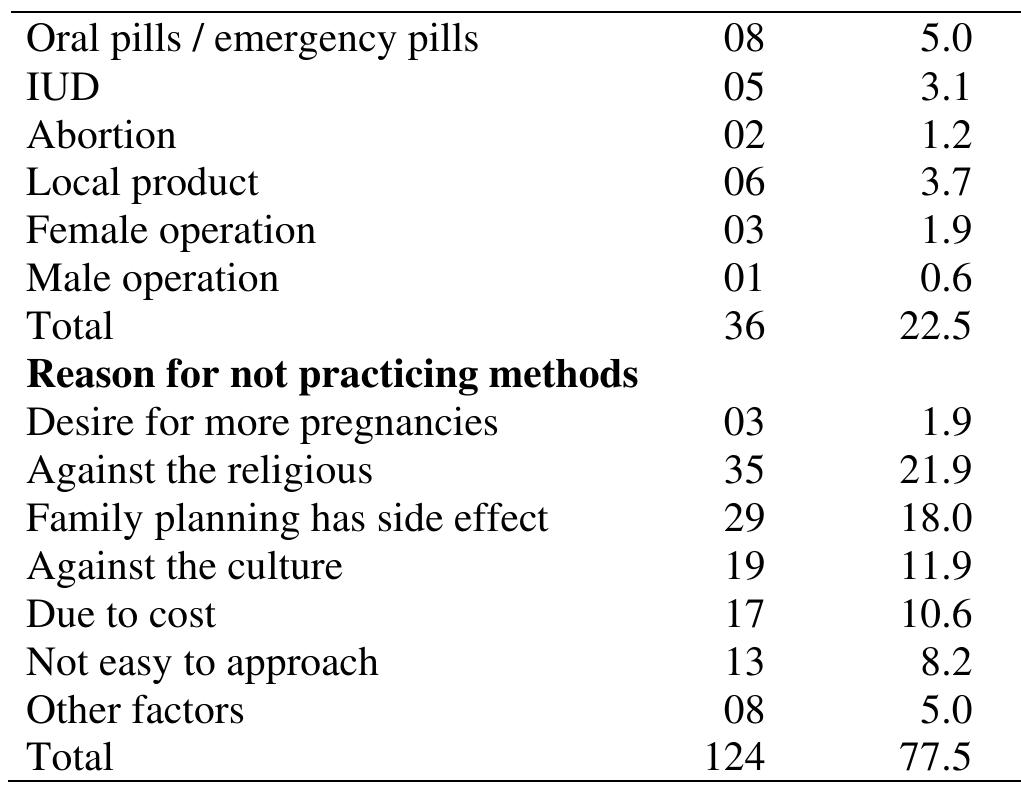Key research themes
1. How can family planning programs effectively engage men as contraceptive users rather than solely as supporters of women?
This research area investigates the extent to which family planning (FP) interventions have focused on men not just as partners supporting women's contraceptive use but as users of contraception themselves. It addresses the challenge that men are often underserved and under-engaged directly in family planning services, despite their interest and need for appropriate contraceptive options and information. Understanding effective programmatic strategies to reach men as contraceptive users is crucial for improving gender-inclusive reproductive health outcomes and expanding contraceptive method mix accessibility.
2. What are effective approaches to increase family planning access and contraceptive uptake among youth and adolescents?
This theme explores programmatic strategies, policy frameworks, and youth perspectives essential to improve access to family planning (FP) services for unmarried and married youth in low- and middle-income countries. It emphasizes the necessity of youth-friendly, accessible, and contextually relevant services to address high unintended pregnancy rates and negative health and socioeconomic consequences among youth. Understanding youth influencers, preferred service delivery points, and the challenges youth face contributes to designing interventions that enhance contraceptive uptake in this demographically significant group.
3. What are the demonstrated health, economic, and societal benefits and cost-effectiveness of publicly funded family planning programs?
This theme encompasses evaluations of the broad impacts of family planning programs, including reductions in unintended pregnancies, maternal and infant mortality, and healthcare costs, as well as contributions to women’s empowerment and poverty reduction. It highlights the importance of comprehensive assessments that factor in preventive health services integrated into family planning visits, long-term child health outcomes, and economic savings. Such evidence is fundamental to policymaking and sustaining investment in family planning initiatives.








